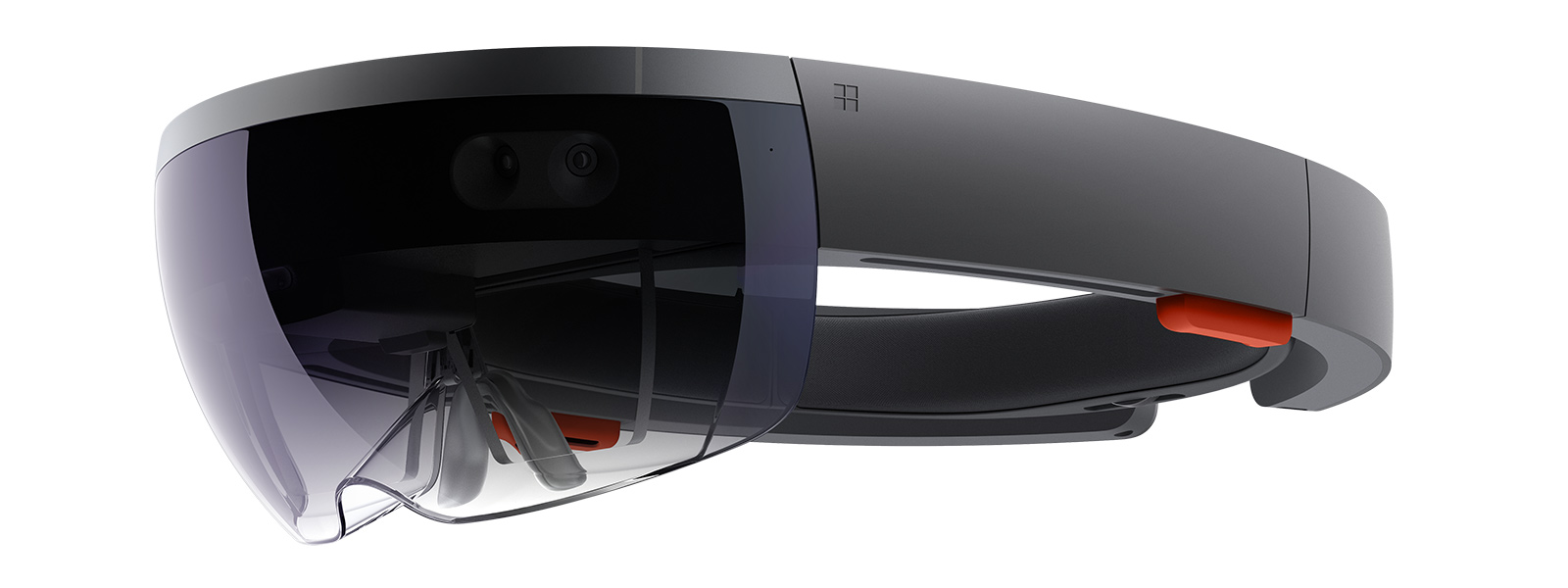
What will marketing tech look like 10 years?
In this series on customer journeys, we’ve talked about the thousand-step customer journey. We investigated how marketers are doubling visibility of that journey, via technology. We saw that 9 out of 10 marketers can’t consistently measure cross-device activity. And, we calculated that less than 9% of marketers actually own a marketing system of record.
But what about the future?
This is part five of a five-part series on customer journeys in a #MobileBest world
Read part one, part two, part three, and part four
Get the entire free report now
We surveyed 647 marketers about the value, technology, and problems with customer journeys. We also asked marketing influencers — including media, analysts, CMOs, and journalists — how customer journeys work, what’s wrong with them, and if marketers should even bother.
Here are three ways the marketing tech of tomorrow will change.
Valerian & the city of a thousand channels
We’ve talked about complexity, and it exists in spades today, but in the famous words of Bachman-Turner Overdrive, you ain’t seen nothing yet.
While the ad world seems to be coalescing around two major platforms owned by Google and Facebook, reality is more complex than that. And, new technologies are arising that will serve to further disaggregate consumers’ experiences of brand.
We’ve already talked about mobile and the cross-device and cross-platform challenges it entails. In addition, VentureBeat’s Stewart Rogers talked about wearables and car operating systems and smart TVs.
And now, platforms are extending into other realms.
Google, Amazon, and Apple have been building inroads into what we might call a HomeOS, to go along with our mobile operating systems, our desktop operating systems, and our car operating systems. Microsoft and many other companies are jostling for space here as well.
Add to this virtual reality and augmented or mixed reality, and the almost certain proliferation of smart glasses in perhaps five to 10 years, and you’ve got a FaceOS as well. Critically, FaceOS will literally be the window through which we view the world, offering enormous power to Google, Facebook, Apple, Microsoft, and others in terms of what we see, what we pay attention to, and how that attention is monetized.

And we haven’t even started talking about personal assistants, which already take our food orders, book us tickets, reorder basics, and increasingly manage both our digital and our physical lives.
Add it all up, and we’ve got increasing complexity, multiple platforms that marketers need to pay attention to, and fragmentation of audience.
Merging moments & offers
In this emerging complex reality, the concept of mobile moments remains valid.
Mobile moments are those unique points in time and space when consumers are looking for something specific that they need — a product, an idea, a piece of information — and brands have an opportunity to answer that question, fulfill that need, or stimulate a deeper interaction.
 That’s when smart marketers will present offers.
That’s when smart marketers will present offers.
Not necessarily offers in the sense of promotions or discounts, but offers to engage. Offers to get value. Offers to solve a need, fix a problem, answer a question. Offers to put up a hand and get noticed. Essentially, offers to go beyond the very surface of awareness with a brand, and get a step or two deeper in the funnel.
Those offers could be via augmented reality in a game on a futuristic form of Microsoft’s HoloLens. They could be a chat with a representative in a very meatspace in-person event. It doesn’t really matter which one.
What matters is matching interest and need at the right time with the right offer, with the right degree of engagement: not too intense or too fast, but at the speed and intensity that the customer wants.
Owned data in a central repository
We already saw that only 9% of marketers can manage all the data they need to in one unified place.
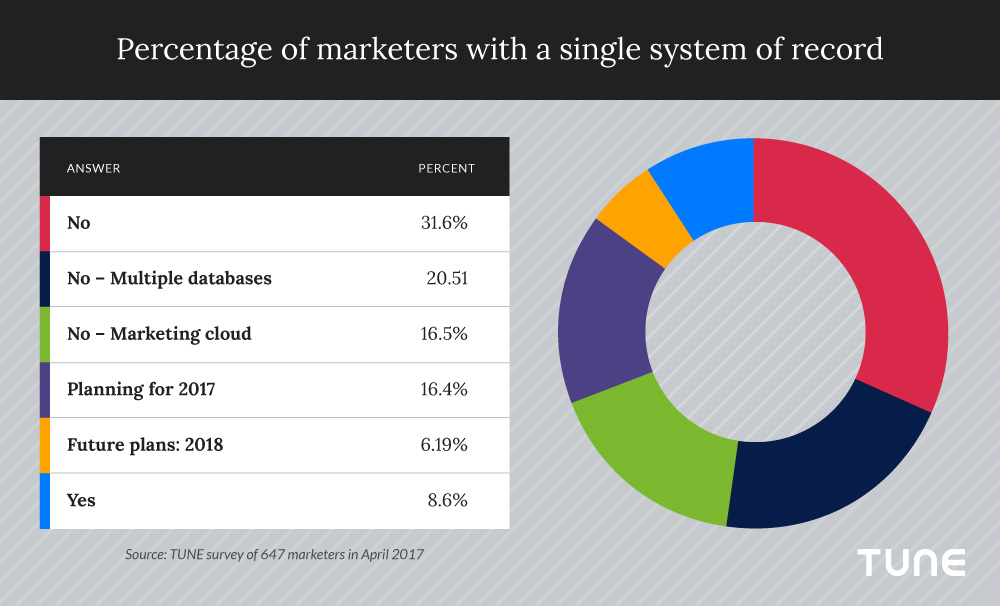
Smart marketers of the future will measure and manage these mobile moment touches in a single system of record that they can use to be intentional and intelligent about engagement: saying and doing the right things proactively as opportunity presents itself, and reacting intelligently and contextually when prospects reach out.
They won’t do that alone, however. They will have help.
AI & the emergent customer journey
Today, most customer journey tools are prescriptive and deductive. That won’t be the case forever.
Prescriptive and deductive journey builders ask a marketer to design experiences and routes throughout the customer journey. In a simplistic world, this works: the number of variables is low, the journey is clear and obvious, and the marketer can encompass it all mentally and transfer it into software instructions.
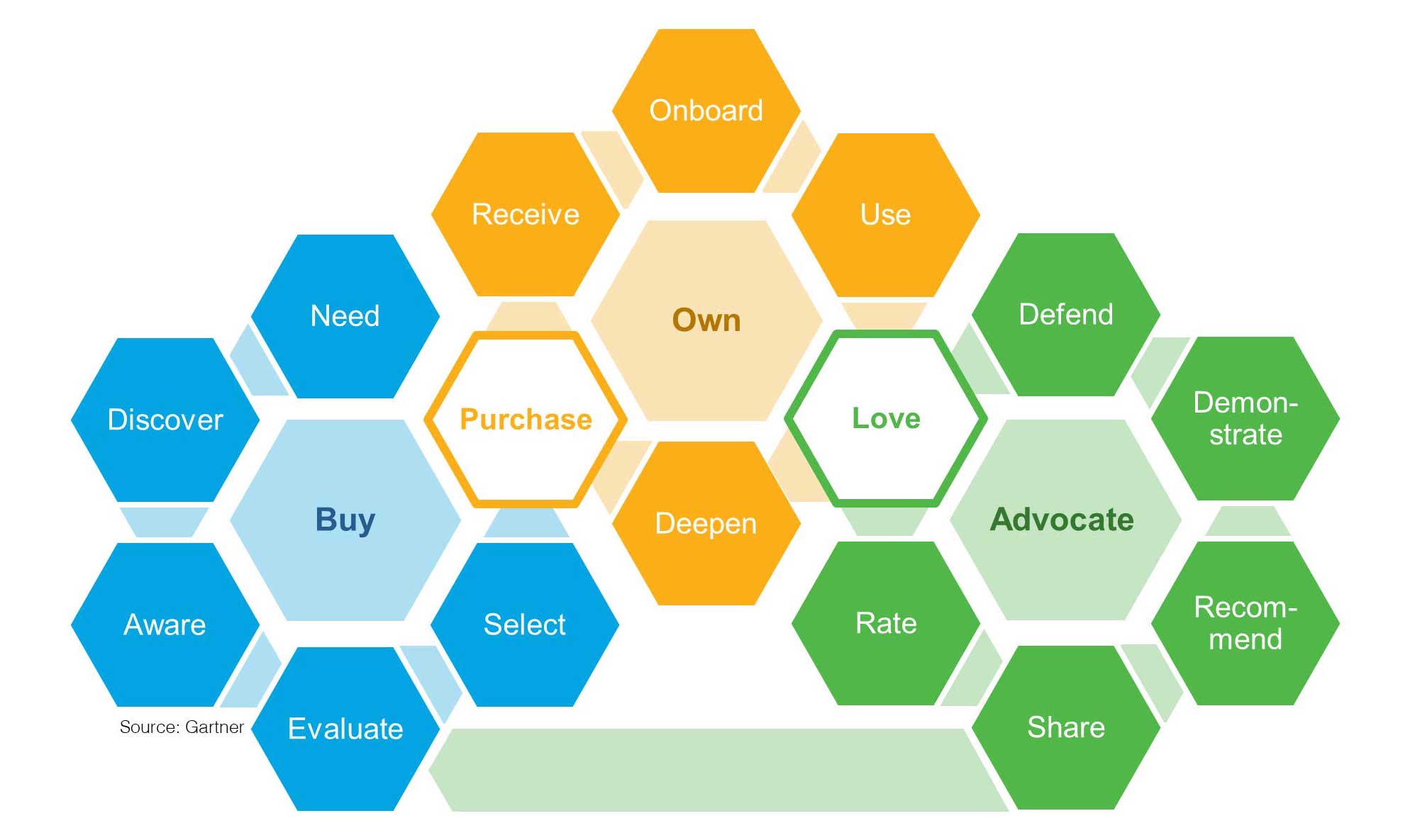
However, in a complex and fragmented world, this becomes more and more difficult, perhaps trending to impossible.
Where current journey builders map the journey and expect customers to follow the map, future customer journey tools will be emergent.
They will watch the mobile moments. They will see app engagement, email opens, clicks, attention, requests for information, invitations to offers, store visits, event attendance, adds to shopping carts, purchases, and social interactions. They will respond when prospects and customers raise their hands. They will measure what happens, when, and where.
And voila: The result, visualized over time, is the emergent customer journey.
Customers are in control, marketing AI watches and responds, and marketers will tune as needed.
This has been part five of a five-part series on customer journeys in a #MobileBest world
Get the entire free report now
Author
Before acting as a mobile economist for TUNE, John built the VB Insight research team at VentureBeat and managed teams creating software for partners like Intel and Disney. In addition, he led technical teams, built social sites and mobile apps, and consulted on mobile, social, and IoT. In 2014, he was named to Folio's top 100 of the media industry's "most innovative entrepreneurs and market shaker-uppers." John lives in British Columbia, Canada with his family, where he coaches baseball and hockey, though not at the same time.

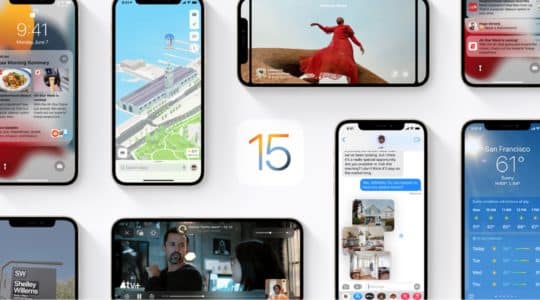
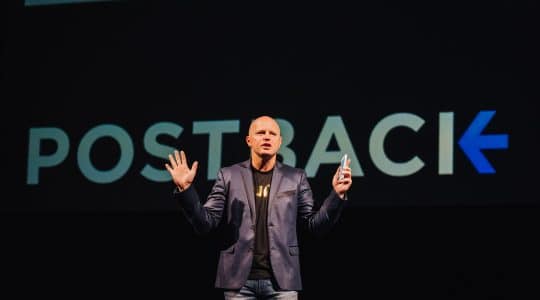
Leave a Reply
You must be logged in to post a comment.